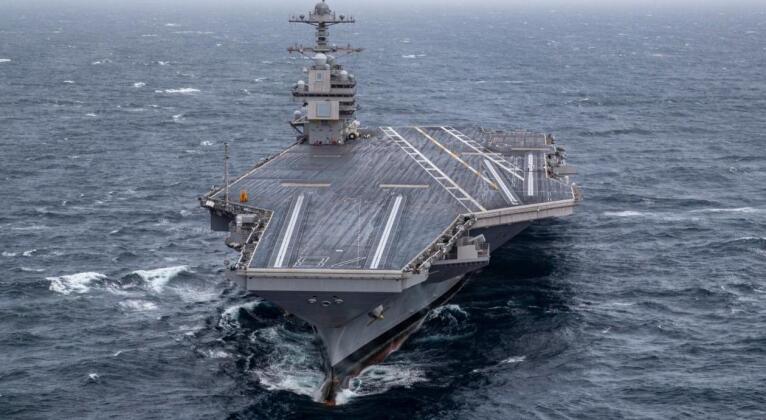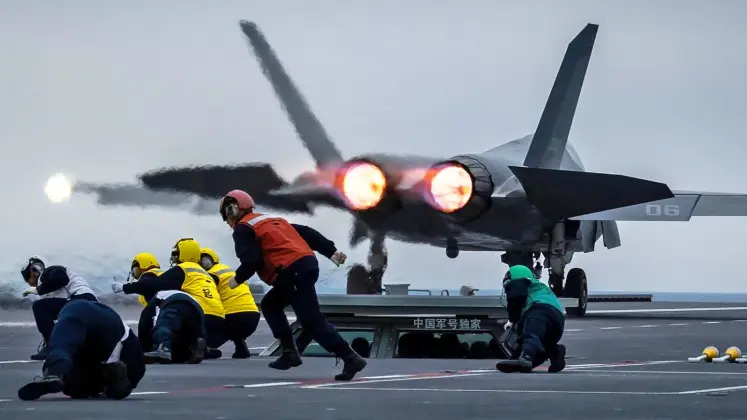News
World’s Largest Aircraft Carrier Taking Shape at China’s Dailian Shipyard: What Capabilities Are Expected?
Images taken at the Dalian Shipyard in Northeastern China have indicated that significant progress is being made in the early stages of construction of the country’s next supercarrier. The country’s shipbuilding industry has completed three carriers capable of accommodating manned fixed wing aircraft, including its first supercarrier the Fujian, which was laid down some time in 2015 and launched in June 2022. At 80,000 tons, the Fujian is by far the largest warship in the world outside the U.S. Navy and is the only non-American supercarrier fielded anywhere worldwide. The Fujian is expected to be the only ship of its class, however, with its successor being developed under the Type 004 program reportedly set to displace between 110,000 and 120,000, making it the largest warship ever built.
The new supercarrier is speculated to have been developed as the first of a new class, with several other vessels of the same design likely to follow it. Satellite imagery from Dalian indicate that modular assembly of hull sections has begun, which would be a first step towards construction closely coinciding with the expected conclusion of the Fujian’s sea trials. A number of reports have indicated that the new supercarrier will be nuclear powered, with reports published in November 2024 indicating that a land-based nuclear reactor prototype designed to power surface warships was being constructed near the city of Leshan. The use of nuclear power would provide the supercarrier with a significantly higher endurance than the Fujian, allowing it to operate into the far seas without relying on refuelling support, while also allowing it to sustain higher speeds for longer periods.

Nuclear powered surface ships are currently few and far between, with the U.S. Navy’s own 11 supercarriers, the small French aircraft carrierCharles De Gualle, and Russia’s two Kirov class cruisers, being the only examples. Despite their advantages, such ships are considerably more costly both to produce and to sustain, which has raised questions regarding the cost effectiveness of China’s development of a nuclear powered supercarrier should it be primarily intended to operate in the Western Pacific. The expansion of naval operations across the Pacific, including for exercises near the coast of the United States, could provide a rationale for investing in such a ship. Western threats to Chinese trade routes in the far seas, including in the Arctic and into Southeast Asia, also provide an important rationale for investment.

China’s aircraft carrier program has made very significant strides in recent years, not only integrating the world’s first non-U.S. electromagnetic propulsion system onto the Fujian, but also operationalising an air wing on the ship that is in many respects the most capable in the world. The J-35 and J-15T fighters, J-15D electronic attack jet, and KJ-600 AEW&C, which form the core of the Fujian’s air wing, are expected to also be fielded on the new larger carrier potentially in greater numbers. With China expected to bring its first sixth generation fighters into service in the early 2030s, and to lead the world by several years in doing so, the possibility of a carrier based sixth generation fighter also being fielded on the new supercarrier by the middle of the decade is also very significant.












